Meet Renyi Zhang | Architect, Urban Designer & Campus Planner
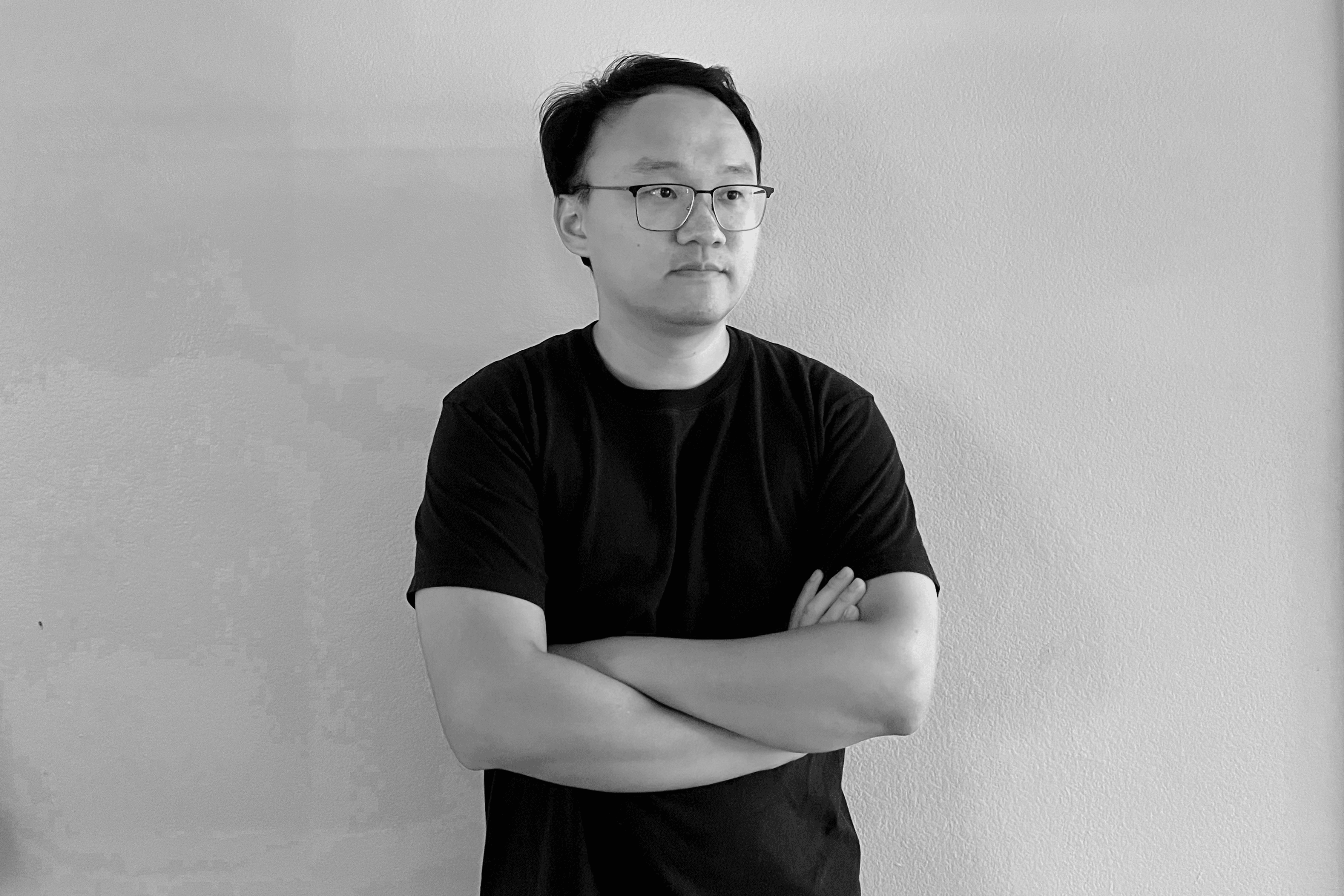
We had the good fortune of connecting with Renyi Zhang and we’ve shared our conversation below.
Hi Renyi, is there something you can share with us that those outside of the industry might not be aware of?
One common misconception about the urban design and architecture industry is that the design process is simple and straightforward. In reality, the development of a project is a highly complex and multifaceted endeavor that involves extensive coordination and collaboration with a diverse range of stakeholders.
As an Urban Designer and Architect, I am constantly engaging with various groups, each with their own interests and requirements. These include government officials, who are concerned with compliance to urban planning regulations; clients, who prioritize the project’s vision and feasibility; and end-users, who are the direct beneficiaries of the spaces we create. Their feedback is crucial as it directly influences user satisfaction and functionality.
Additionally, the role of subconsultants cannot be understated. For a typical project, we collaborate with civil engineers, transportation engineers, landscape designers, and real estate companies, among others. Each brings a specialized set of skills and perspectives that contribute to the project’s success. For instance, civil engineers focus on the technical aspects of construction and infrastructure, ensuring that the designs are safe and practical. Landscape designers, on the other hand, help integrate natural elements into urban spaces, enhancing aesthetic appeal and environmental sustainability.
Public engagement is also a vital component of our process. This involves interacting with the community to understand their needs and concerns, which helps us ensure that our projects not only beautify the space but also serve the public effectively.
Understanding and integrating the diverse inputs from all these stakeholders is far from straightforward and requires a deep commitment to collaboration and negotiation. This behind-the-scenes complexity is often unseen by outsiders but is crucial to the successful delivery of functional, sustainable, and visually appealing urban spaces.
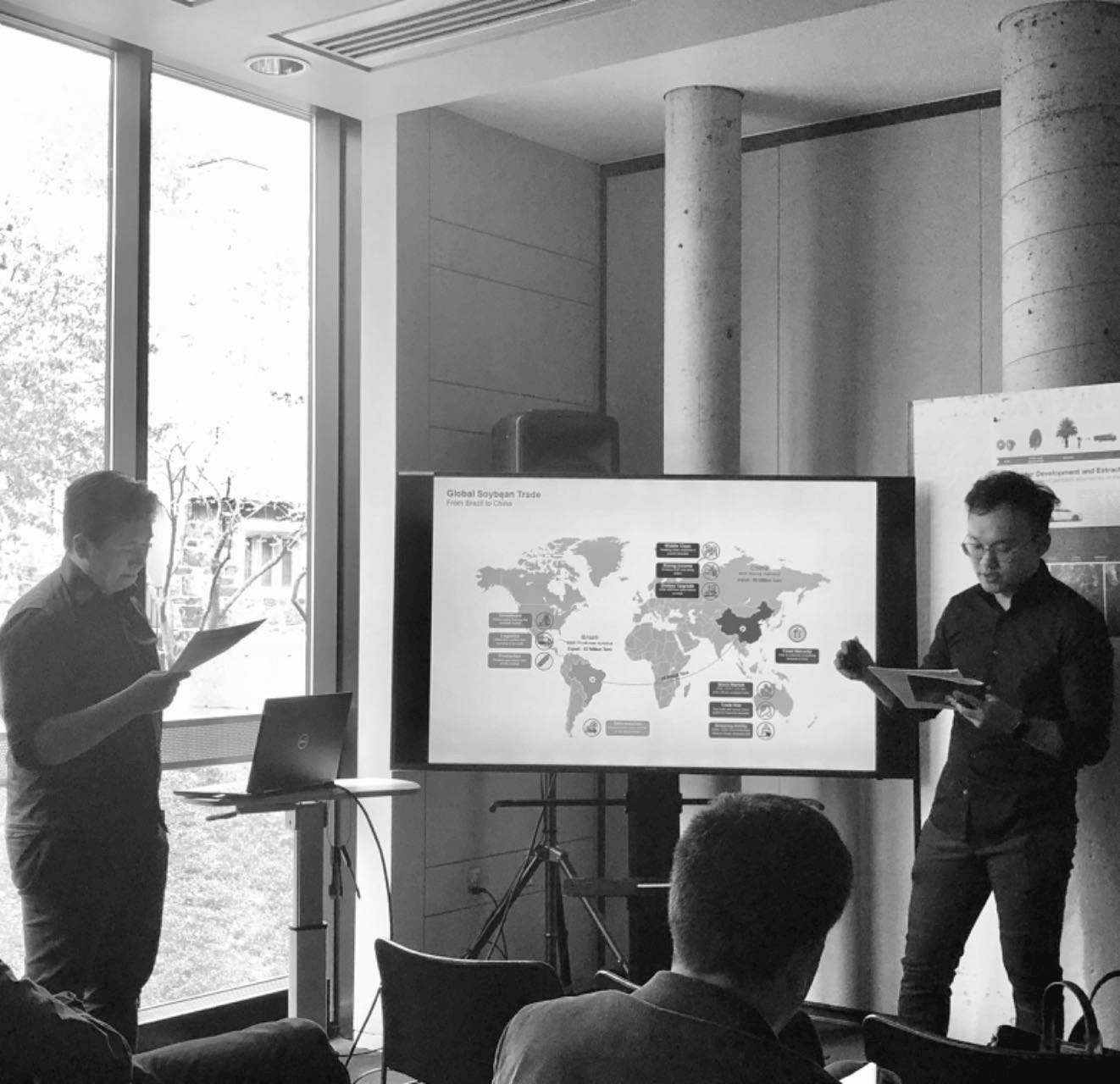
Can you open up a bit about your work and career? We’re big fans and we’d love for our community to learn more about your work.
My journey as a experienced architect and urban designer has been deeply influenced by my practices across the east and west coasts of the United States. After earning a Master’s degree in Architecture and Urban Design from Harvard University’s Graduate School of Design, I had the privilege of working at internationally recognized firms such as Sasaki and Perkins&Will. This opportunity allowed me to engage in diverse and ambitious projects that required understanding and integrating the cultural, environmental, and functional needs of clients from various national and international backgrounds.
Throughout my career, I have specialized in developing multi-scale strategies, leveraging my architectural expertise to approach urban design projects “from the ground up.” This approach is enriched by a thorough grasp of the technical aspects necessary for constructing high-quality buildings and complexes. My portfolio includes industry-leading projects such as the campus planning for the University of California, Berkeley, and the Master Plan for Xinyang University South Bay Campus. Additionally, I played a pivotal role as an urban designer for the 776 Summer Street Innovation District in Boston and Lakeview Village in Toronto, projects that epitomize the integration of sustainability and resilience in brownfield redevelopment.
The path to where I am today was not easy, but it was incredibly rewarding. Each project brought unique challenges, from navigating complex stakeholder relationships to addressing stringent environmental regulations. Overcoming these challenges required not just technical skills, but also adaptability, perseverance, and a commitment to continuous learning.
One key lesson I’ve learned is the importance of viewing each project through a holistic lens—considering not just the immediate impact of our designs but also their long-term implications for communities and the environment. This perspective is what drives my ongoing work on campus projects and brownfield redevelopment, helping me contribute to building a more sustainable future.
I want the world to know that my career is more than a series of projects; it’s a testament to the power of design in shaping healthier, more sustainable, and more vibrant communities. As I look forward, I am excited to continue this journey, pushing the boundaries of what is possible in urban design and architecture.
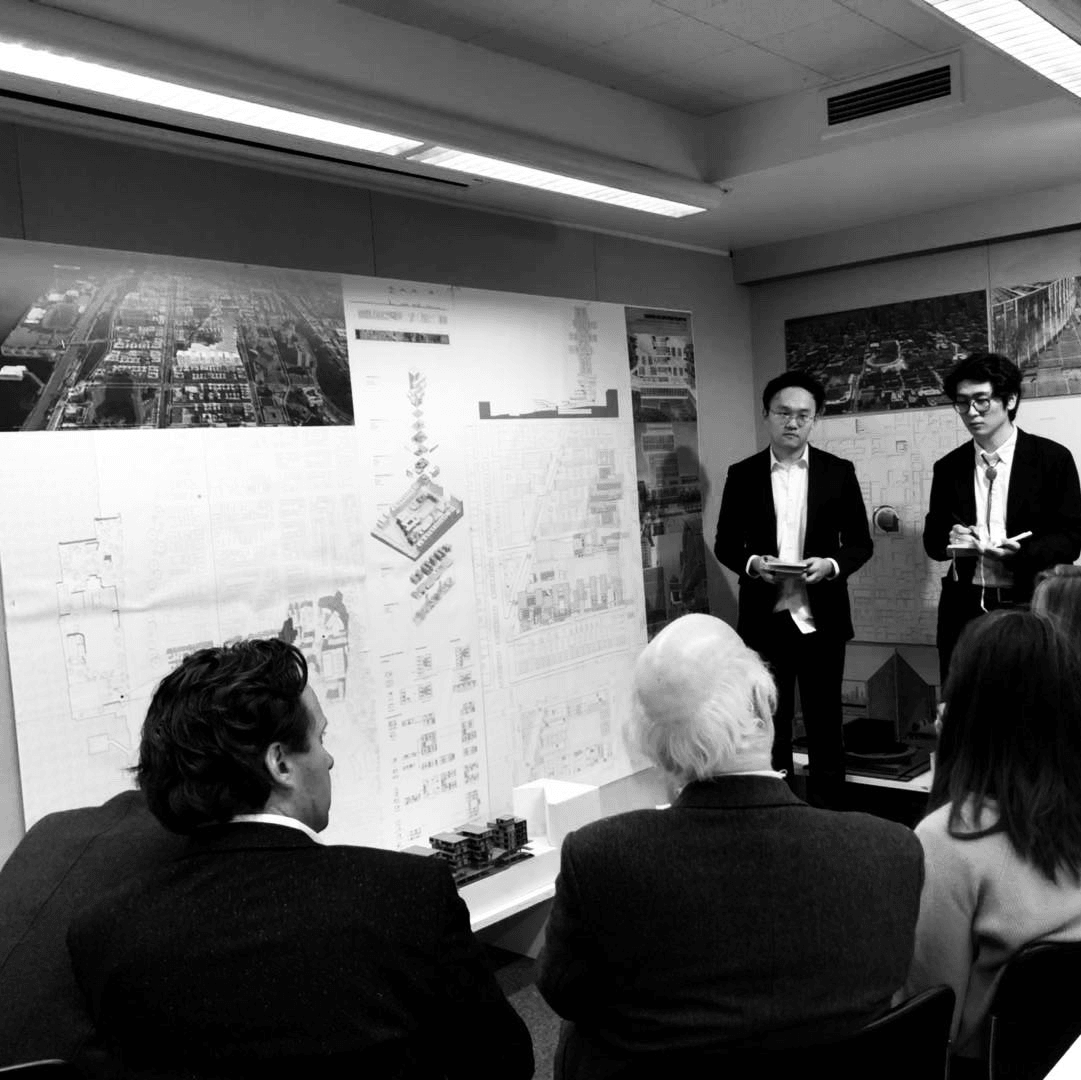
If you had a friend visiting you, what are some of the local spots you’d want to take them around to?
If you’re visiting Boston, prepare for an unforgettable week exploring a city rich in history, innovation, and natural beauty. As an architect and urban designer, I’m particularly excited to show you some spaces that not only have great aesthetic and recreational value but also a deep historical and cultural significance.
Day 1 & 2: Charles River & Academic Institutions
We’ll start our adventure along the scenic banks of the Charles River. This area is not just a beautiful place for walking or cycling; it’s a link between prestigious academic institutions like Harvard and MIT. As we explore, I’ll share insights about the riverbank’s development and its integration with these institutions. Don’t miss the public art installations and the architectural landmarks dotting the landscape. We’ll dine at some of the local favorites in Cambridge, offering everything from New England classics to international cuisine.
Day 3 & 4: Back Bay
Next, we’ll delve into the historical Back Bay area, known for its Victorian brownstone homes and significant landmarks like the Boston Public Library and Trinity Church. This district is a fantastic example of land reclamation and urban planning. We’ll explore the elegant Newbury Street, Boylston Street, and the Prudential Center for shopping and dining. For dinner, let’s grab a table at one of the chic restaurants along Boylston Street.
Day 5 & 6: Seaport District
We’ll then head to the Seaport District, a testament to successful urban redevelopment. Originally an industrial zone, it’s now a vibrant area filled with contemporary art galleries, shops, and spaces for public gatherings. We’ll explore the Institute of Contemporary Art and enjoy waterfront dining where you can savor fresh seafood while overlooking the harbor.
Day 7: Relax and Reflect
On your last day, let’s take it easy. We can revisit any place you loved or explore new areas like the Boston Common and the Public Garden for a relaxing day out. We’ll conclude your visit with a leisurely dinner at a cozy restaurant in the North End, known for its excellent Italian cuisine.
Throughout the week, we’ll immerse ourselves in the city’s lively café culture, try out various craft breweries, and maybe catch a live music performance or a sports game to experience Boston’s vibrant local scene.
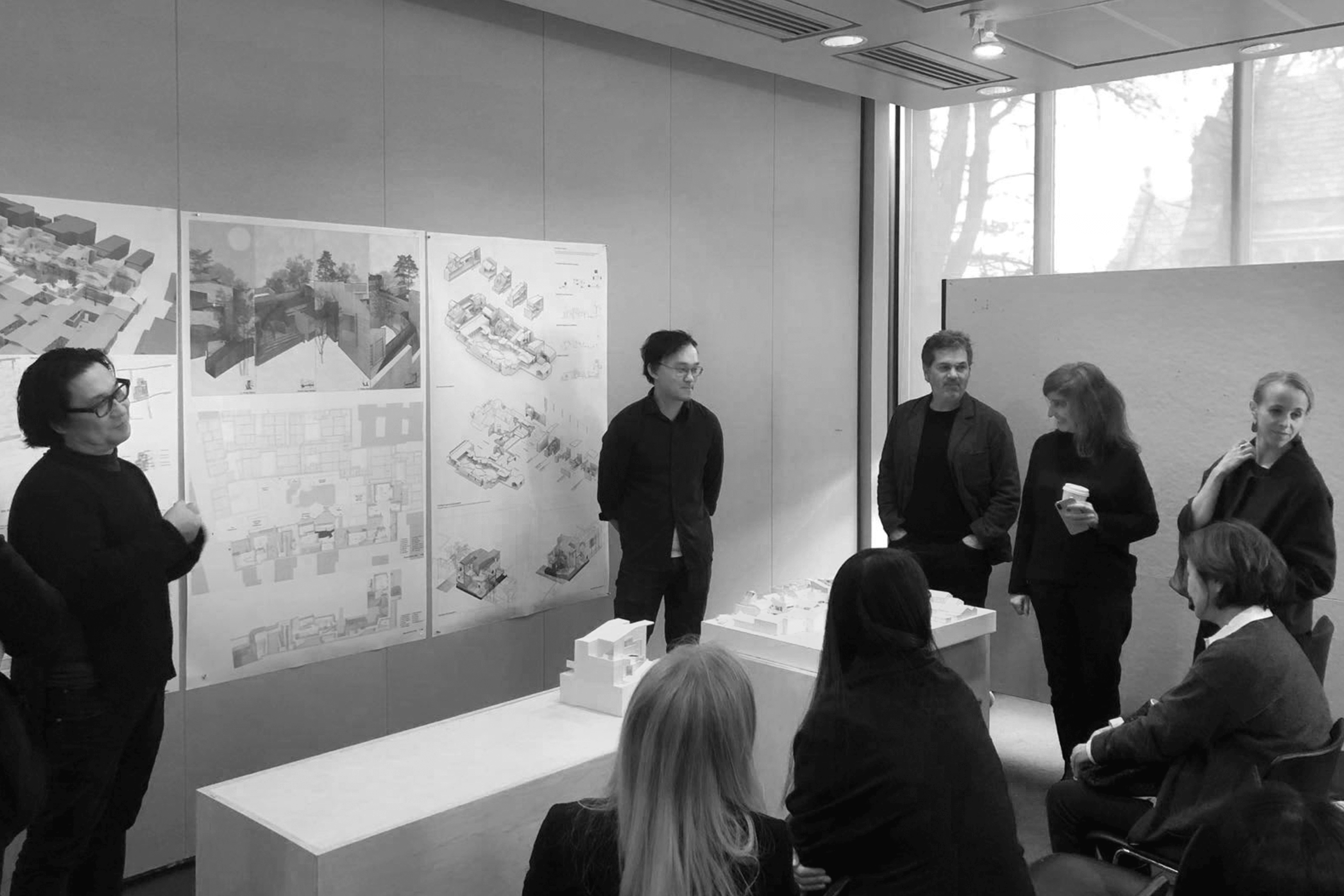
The Shoutout series is all about recognizing that our success and where we are in life is at least somewhat thanks to the efforts, support, mentorship, love and encouragement of others. So is there someone that you want to dedicate your shoutout to?
I deeply appreciate this opportunity to recognize the influences that have shaped my approach to urban design and architecture. If there’s one philosophy that has profoundly guided my professional and personal development, it’s Fengshui (风水), a traditional Chinese cultural practice focused on harmonizing individuals with their surrounding environment.
Fengshui is not just about placing objects in certain positions or directions; it’s about a deeper understanding of how our environments affect us and how we, in turn, affect those environments. This philosophy has inspired me to explore how urban spaces can be designed to maintain balance with nature and support sustainable living. It encourages a thoughtful consideration of how our work as designers and architects impacts the wellbeing of the communities we serve and the future generations who will inhabit these spaces.
This inspiration has driven me to delve deeper into sustainable design principles, pushing me to create spaces that are not only aesthetically pleasing but also environmentally responsible and beneficial for all users. The principles of Fengshui remind us that every design choice we make has the potential to influence lives far beyond the scope of a single project.
I owe a lot of my developmental ethos to this philosophy, which has been a guiding star in my journey to creating meaningful and sustainable urban environments. Recognizing Fengshui is my way of honoring a tradition that has not only influenced me personally but also benefits the broader field of urban design by advocating for balance and harmony between human activity and the natural world.
Linkedin: https://www.linkedin.com/in/renyi-zhang/
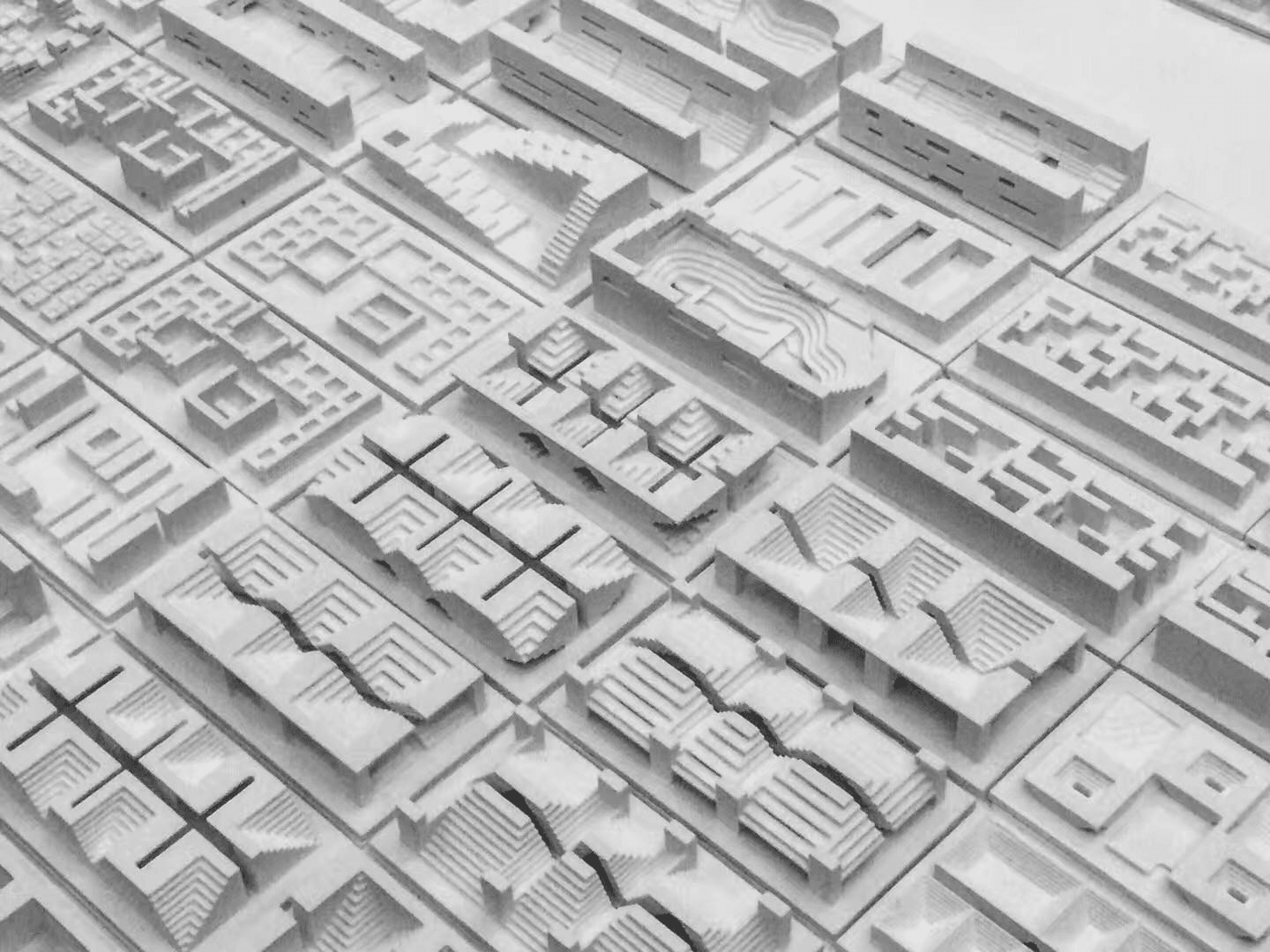
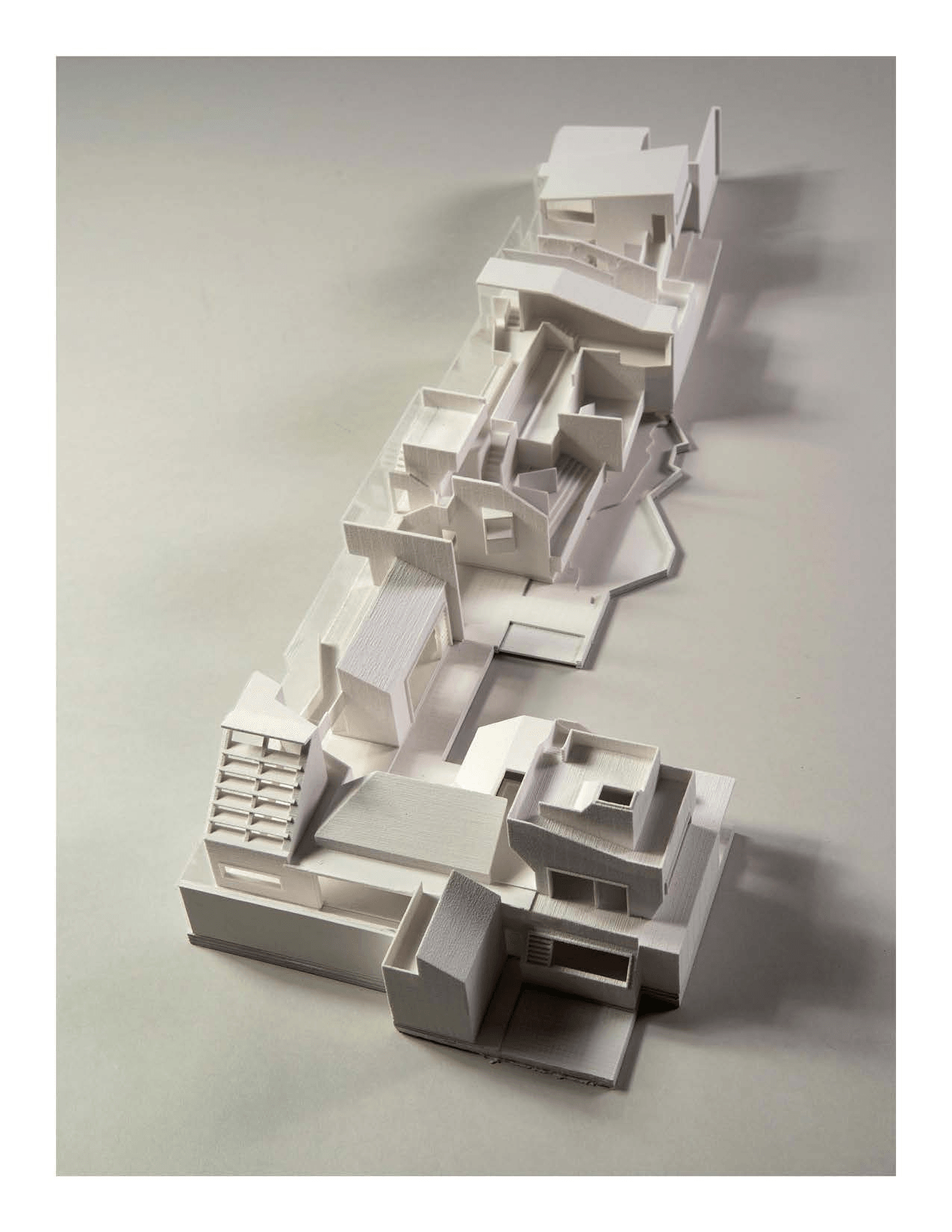
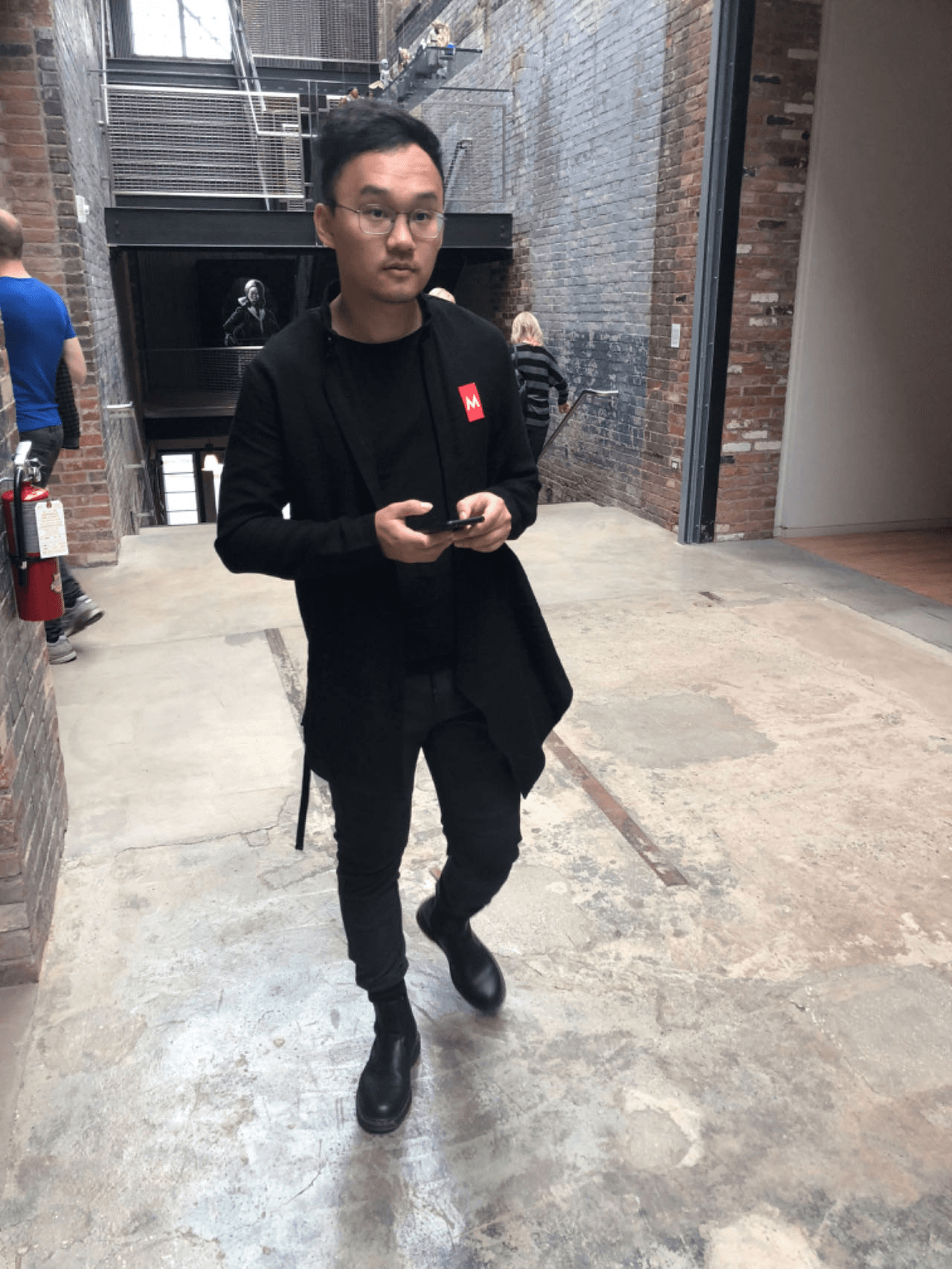
Image Credits
Renyi Zhang
